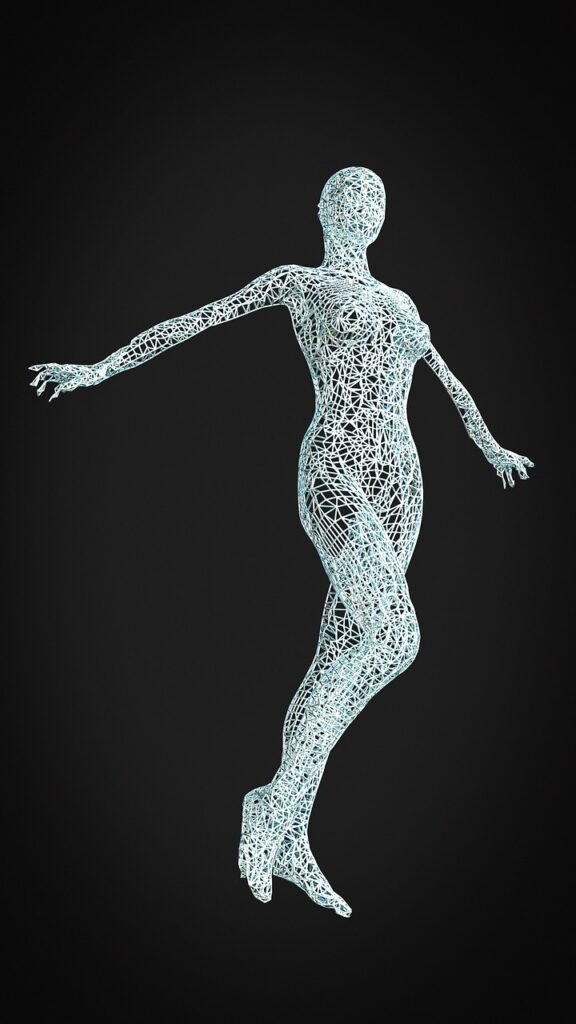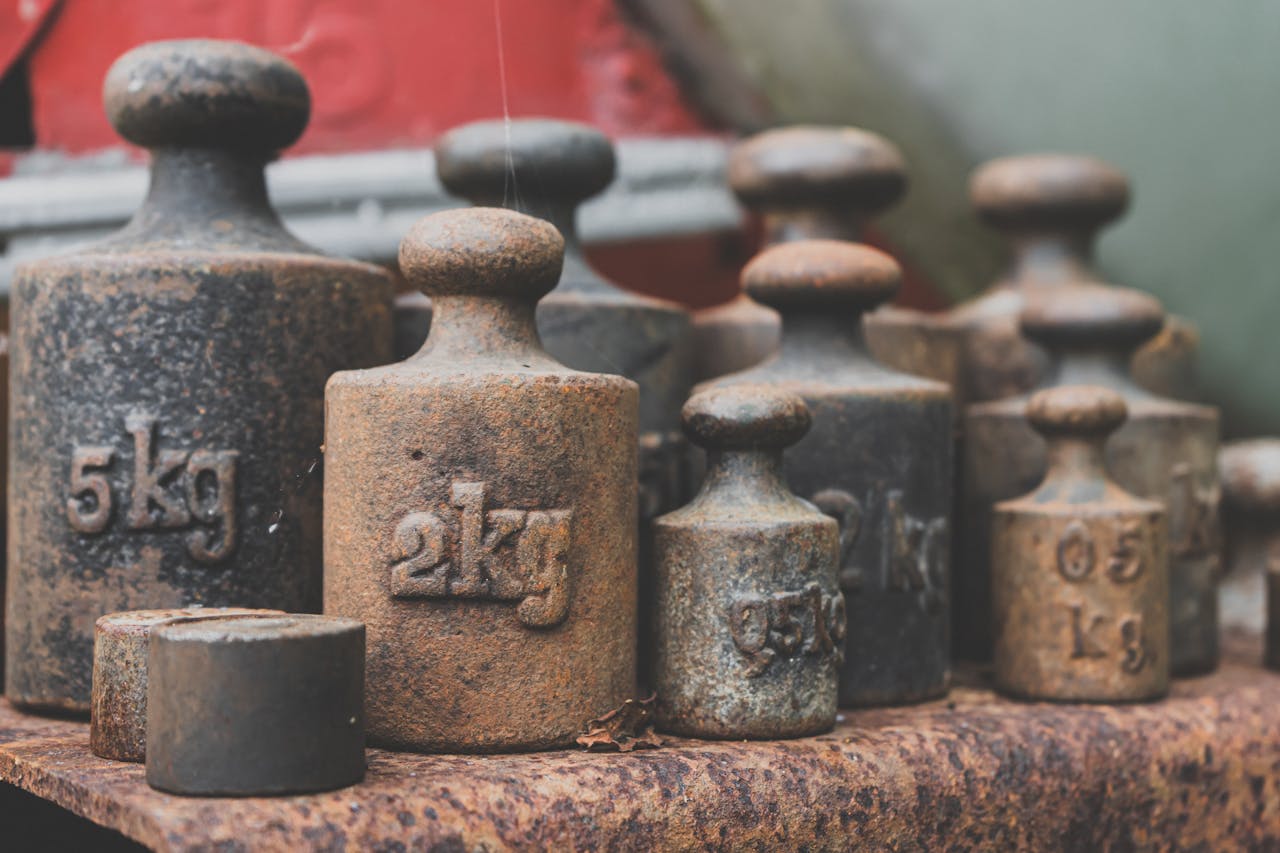How the Cast Iron Industry is Evolving with Modern Metal Casting Technologies ?
Explore the growth of the cast iron industry through smart manufacturing, sustainable practices, and advanced metal casting processes. Learn about ductile iron, foundries, and future trends.
🔧 The Cast Iron Industry: Evolving with Technology and Sustainability
The cast iron industry is experiencing a powerful resurgence, driven by innovation in metal casting technologies, automation, and green manufacturing practices. From ductile iron components in vehicles to gray iron cookware, this time-tested material remains essential in the 21st century.
🏭 What Is Cast Iron and Why Is It So Valuable?
Cast iron is an alloy of iron and carbon, known for its strength, wear resistance, and ability to retain heat. It is used in everything from infrastructure and automotive parts to machinery and cookware.
🔩 The Modern Metal Casting Process in Iron Foundries
The casting process today is more efficient than ever thanks to modern iron foundries equipped with automation and smart cast iron technologies.
Here’s how it works:
Melting Iron – Typically from recycled metal.
Molding – Using sand molds or permanent molds.
Pouring and Cooling – Controlled to avoid defects.
Finishing – Machining, inspection, and sometimes coating.
💡 Innovations such as CAD/CAM systems, predictive maintenance, and data-driven casting simulations are changing how foundries operate.

3D printer in restore the 3D file of a statue
🚗 Key Industries That Rely on Cast Iron
The applications of cast iron span many industries:
Construction: Manhole covers, structural supports, pipes.
Automotive: Engine blocks, suspension arms, and brake components.
Industrial Machinery: Gear housings, machine bases.
Consumer Products: Durable cookware and antique-style furniture.
🌱 Sustainability in Cast Iron Manufacturing
Modern iron casting is aligning with eco-conscious practices:
Use of recycled metals
Energy-efficient furnaces
Advanced waste management systems
Sand reclamation for mold reuse
This makes the cast iron industry a strong player in the push for sustainable industrial manufacturing.
🔮 Future Trends in the Cast Iron Industry
Emerging technologies shaping the future include:
3D printing for mold-making
Digital twins in production simulation
AI-based defect detection
Smart foundries integrated with IoT
These innovations improve efficiency, reduce costs, and open new design possibilities.
✅ Conclusion
Conclusion The cast iron industry is not just surviving—it’s thriving. With smart technology, eco-friendly practices, and versatile applications, cast iron continues to be a key player in global manufacturing. Whether you’re a product designer, engineer, or business owner, understanding the modern casting process can help you make smarter, more sustainable decisions.



